This particular triumph Bonneville was more or less a bit of a barn find since it was used for 52,000 miles and then layed up in the back of a shed in 1972 where it languished under an oily sheet.
The shed was obviously dry and airy as when I took delivery of it, it had very little rust and the engine was packed with external gunk. On first inspection of the engine and its associated external fittings, I doubted that it had been touched with a spanner. But after inquiring with the new owner about its history, I was told it was owned by his father who bought it new and that he was an aircraft engineer, hence the lack of spanner marks. He also enlightened me that it had been re-bored and had a new head fitted due to the original development errors which produced cracks between the head studs and combustion chamber that was not unusual on these heads.

I took the engine out and stripped it down to the bare bones and checked all the parts including checking the sludge tube in the crank, even though this particular bike had regular oil changes through its working life the sludge trap still does its work as can been seen in the picture.
 The only thing that was worn was the durallium pump operating block and the valve seat in the combustion chambers. When measuring all the bushes and shafts throughout the engine they where found to be just run in tolerances. The pistons were badly carboned up on there crowns and the rings were seized in there grooves due to sitting idle for so long.
The only thing that was worn was the durallium pump operating block and the valve seat in the combustion chambers. When measuring all the bushes and shafts throughout the engine they where found to be just run in tolerances. The pistons were badly carboned up on there crowns and the rings were seized in there grooves due to sitting idle for so long.
The two chrome pushrod tubes were purchased as genuine parts, when I unpacked them I could clearly see some difference to the originals that were fitted to the engine, they consisted of a tube with two turned ends brazed on to take the top and bottom seals. The internals of the tube should have had a plate with two holes in it to line up the pushrods ready to receive the rocker box. Without this plate in place some difficulty will be found in aligning the cap end of the pushrod with the ball end on the rockers. I have seen many attempted rebuilds where one pushrod end was engaged and the other rod was or had been jammed in among both rocker ball ends damaging the cup which has to be remodeled. When repairing the cup end on a pushrod, a ball bearing the same size as the original undamaged cup has to be struck in to the cup to reform it but this will not be the perfect job as it has to be machined on the lathe with a ball end cutter. If this lathe work is not carried out you will end up with your tappet adjustments getting bigger after running the machine. Anyway I stuck with using the tubes and had the engine back together in several hours.


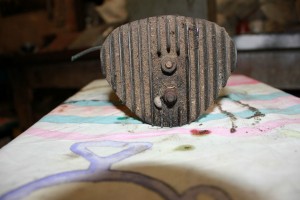
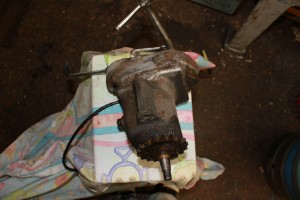


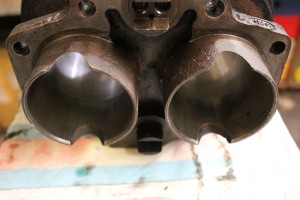

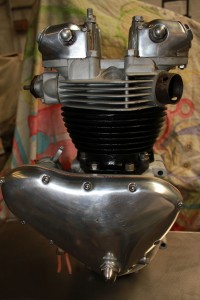
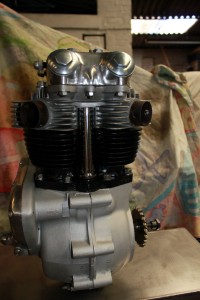


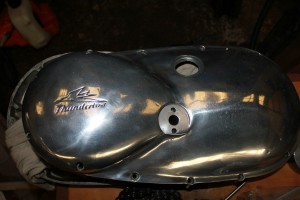

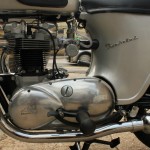
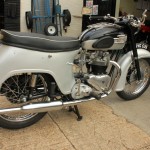
Pingback: 手機行動電源